A-Level Physics teachers: your thoughts welcome
A few months ago, we made a film of an A-level core practical: measuring g via the free-fall method. Many teachers responded to our invitation to comment, and to our shameless request for recommendations for funders. Well… that worked. Thanks for your kind words, and thanks to your kind words we’re making more of these films. We’re not yet revealing the funder, but we can reveal the first three (or four) practicals we’re filming. We’d also like your help again.
We’re filming next weekend, 21st/22nd May, and we’d be delighted if these films could reflect your experience with practicals you’ve completed, your thoughts about ones you’ve yet to teach, and so on. We’ve a crack team of advisors and supporters already involved, but nothing beats the broad experience of teachers across the UK (and internationally).
So: here are the outlines of the films we’re planning to make. Please leave a comment below if you’ve any pertinent thoughts. It’s extremely helpful if you sign your comments with your real name, and note your affiliations (ie. school, that you’re a teacher / head of department / examiner etc) if appropriate. As before, the films are intended primarily to support teachers, but may be of use to students for revision purposes.
Laser diffraction
- Introduction to traditional two-slit diffraction apparatus, with recap of explanation.
- Plotting slit/screen distance vs. slit spacing.
- Discussion of laser safety issues and suppliers.
- Suggestions around practicalities, and the value of the practical for exploring issues of experiment design.
- Alternative arrangement using a wire rather than traditional double slit.
- Second alternative using diffraction gratings and vertical arrangement.
- (possibly – this film’s already getting quite long!) third alternative using diffraction from a CD, as suggested by OCR.
- Discussion of historical context and significance.
Finding the EMF and internal resistance of a battery
- Conceptual basis of internal resistance; review of relationship between EMF, terminal potential difference, current and internal resistance.
- Apparatus, using multimeters, variable resistor, bare wire contacts.
- Variations, including array of known resistors; switched contact; analogue meters.
- Comparison of internal resistance of different battery types.
- Discussion of value of this practical for exploring key lab skills, including careful but quick working.
Discharging a capacitor through a resistor
- Using a data logger to explore capacitor behaviour.
- Initial verification of \(V = V_0 e^{-t/RC}\); demonstrating that voltage decay half-life is constant, and the time taken to decay to \(1/e\) of the original value.
- Manipulation of \(V = V_0 e^{-t/RC}\) to a form comparable with \(y = mx + c\); processing and plotting data accordingly.
- Low-budget version of practical using voltmeter and stopclock, and with hand-processing of data.
- Extend the practical to finding the value of an unknown capacitor.
- Discussion of error.
Force on a current-carrying conductor in a magnetic field
- The standard ammeter and balance arrangement.
- Sequence of
- Determining magnetic field strength.
- Alternative arrangement with U-shaped wire segment.
Thanks in advance for all your comments and suggestions. Inevitably, we won’t be able to incorporate everything everybody suggests, but if you’ve come across a brilliant way of covering one of these practicals which we’ve not mentioned above, or have thoughts on aspects your students find particularly challenging – we’ll do our best to incorporate your ideas.
Final note: this post was written by Jonathan. Hello. I’m the film-maker behind all these videos, and while I am technically a physicist, I last saw most of these practicals in my own A-level studies more than 25 years ago. Any glaring howlers in the above are due to my misunderstanding of the scripts, and you can be reasonably confident that the many teachers involved in the filming will politely roll their eyes before we commit film-based crimes against physics.

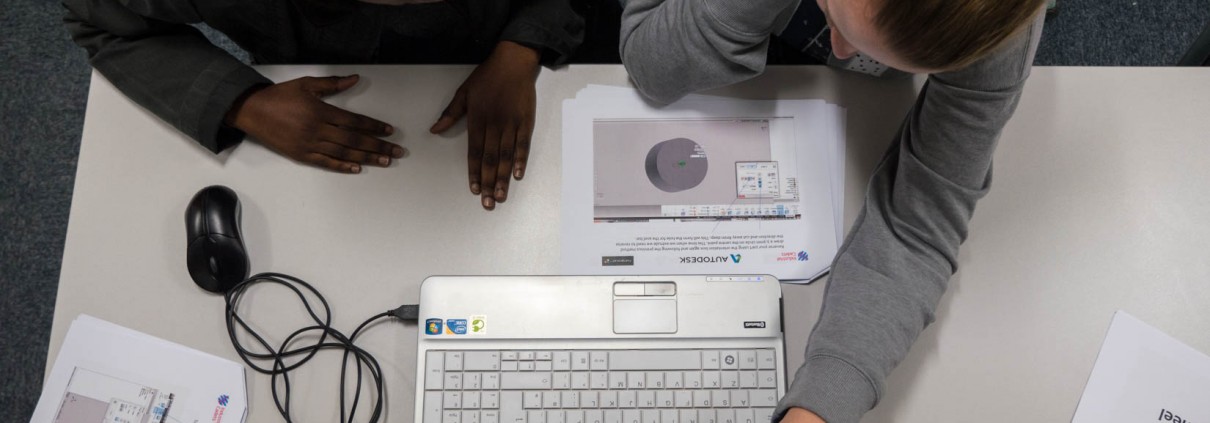
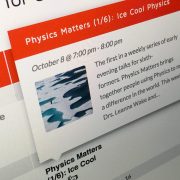
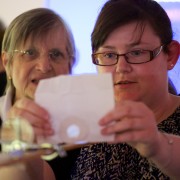
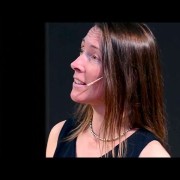
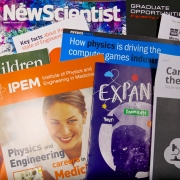


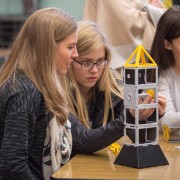




As an alternative/in addition to the wire (for diffraction) I have used my daughter’s hair (may be some ethical issues with students’ hair) to work out hair width.
The main problem I’ve had with this required practical is that we have only 2 lasers in the department so this requires timetabling/organisational issues – so any suggestions for how to get round this would be useful.
Found your first video really useful, btw. Looking forward to more.
Hah! By complete coincidence, this comment arrived whilst I was aiming a laser pointer at a strand of my hair (also as I was being told by Carol that I don’t have enough hair to spare for experimental purposes. Sheesh). So I’m writing that into the script right now. Thanks!
What I liked about the first video produced was it was short, to the point and showed the different techniques of finding g which many schools do not have access to. I showed my pupils the video which really helped them grasp some of the ideas. I’m looking forward to the new videos if they’re in the same format.
The first video was great. Well filmed, edited and perfectly aimed at teachers. I also shared it with my students who also found it useful as they could understand the various points that were discussed. There is a demand from the students to see material that supports their practical endorsement – either as revision and to discuss the work they have carried out or for those who did not carry out the practical work.
Lewis
Hi – Great first video. I’m sure these will be much appreciated.
“Discharging a capacitor through a resistor” – This presents an opportunity to show data processing in a spreadsheet (another way to obtain AQA’s skill ATk – “or use of software to process data”). Given that they would probably already be using a data-logger to gather the input (also skill ATk), maybe that’s a whole other film… or simply nowhere near as a high a priority as helping teachers unfamiliar with the physics equipment itself. However, in my experience, practicals like this (or using a data logger with SHM) are one of the best opportunities to get my students to think beyond 8 values of the independent variable with 3 repeats and data processing by hand, and start opening their eyes to the (literally) millions of measurements we gathered in just one experiment at NPL, and the software we wrote to process it. Just helping them realise that hundreds or even thousands of measurements are possible in a simple school experiment, and the power and prevalence of IT, is great. I never once did data analysis or plotting by hand again after my A-level! And many of my A-level students have been startled to realise just what we can get MS Excel to do (ln, best-fit lines, equations of best-fit lines, etc.).
I’m sure you already had this in mind, but one aspect that’s good to emphasise throughout is the useful, typical values, e.g. for R and C in the capacitor discharge, so that students get a usable time constant. The sort of thing that teachers and technicians unfamiliar with the experiment might overlook, and then spend a while scratching their heads…
“Discussion of error” – worth explicitly pointing teachers at the ASE’s Language of Measurement document, and explicitly using the terminology it recommends?
“Discussion of laser safety issues” – Similarly, with risk assessment, is it worth explicitly pointing teachers at CLEAPSS’s preferred terminology (more than once I’ve suggested that teacher colleagues revise their KS3, GCSE and A-level task sheets to use the phrases “hazard”, “risk” and “control measure”, and use them *cough* correctly…).
– Jon
Thanks, Jon – that’s very helpful. I think most of that’s already in the script drafts (or earmarked for the supporting notes), but I’ll double-check – and I’m taking careful note of your comment about bulk data processing and the way ‘real’ physics is done. Will discuss that with the team.